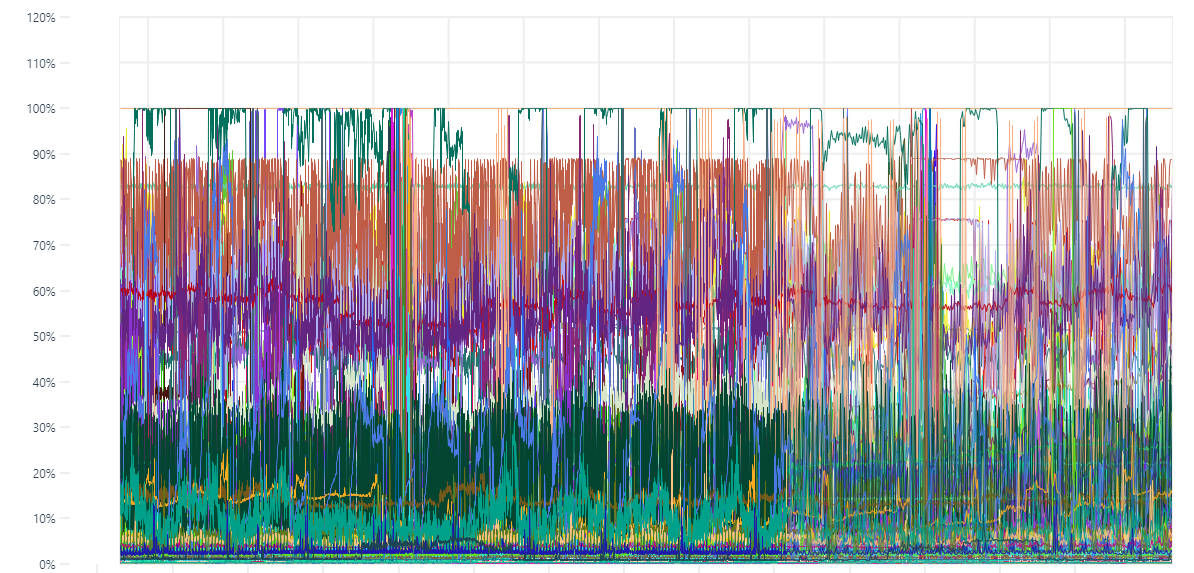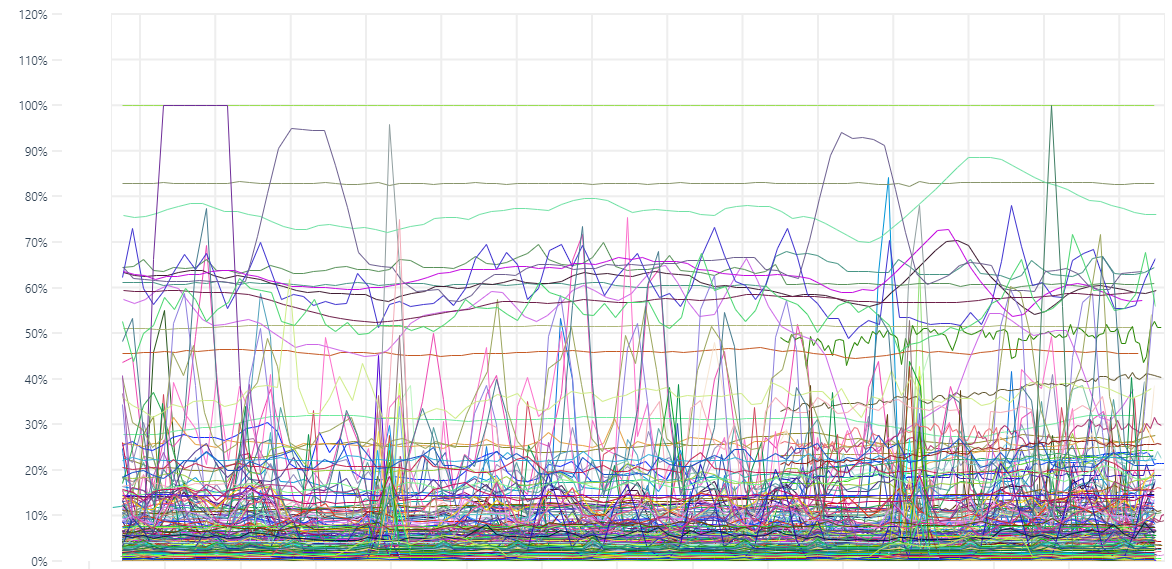-
-
Notifications
You must be signed in to change notification settings - Fork 372
New issue
Have a question about this project? Sign up for a free GitHub account to open an issue and contact its maintainers and the community.
By clicking “Sign up for GitHub”, you agree to our terms of service and privacy statement. We’ll occasionally send you account related emails.
Already on GitHub? Sign in to your account
Multiple series options? #108
Comments
yes. you can see how @CrashLaker does it in #94
in what case would this distinction be important? what do you expect to do with this knowledge? |
In the current model, we have options to either have it connected/zero/ignored -- essentially should the line keep going if it hits a null, display as zero (but not when asked what the data is) or a whole in the graph |
|
reading your comments on This library is looking really good -- so much progress since I looked at it a few months ago! thank you @leeoniya |
|
the "zero" preference for missing data is nonsensical and misleading IMO...and i have some pretty strong opinions about poor charting practices :D...
[1] https://knowledge.ni.com/KnowledgeArticleDetails?id=kA00Z0000019YLKSA2&l=en-US |
agree 😸 I am really pushing on this to figure out what maps easily and what changes we would need to make to things designed long long ago. |
|
@ryantxu It would be awesome to see uPlot in Grafana. I often use Grafana + SimpleJson plugin to visualize data from many custom/unsupported datasources. a little hook on misleading data I agree with you @leeoniya but sometimes too much precision is just too much noise. whenever i want to see trends or fast insights on data I tend to smooth it (https://github.com/leeoniya/uPlot#non-features) to facilitate visual perception. stack could be of use too when aggregating # of calls to a single machine. for instance i can't tell much about the plot below: then I could catch some more information after smoothing it. |
no argument there. but something like dygraph's roll periods (moving avg) can be done in a pre-processing step. http://dygraphs.com/gallery/#g/temperature-sf-ny it's very easy to override and re-implement the native zoom (via setSelect) to support a case for re-fetching, re-aggregation (on server or client), followed by a |
|
I also totally agree that this processing does not need to happen in the visualization library -- there are many ways to pre-process data and that problem does not need to be linked to the charting library. |


I am looking at how we could possibly use uPlot in grafana. I have a working example:
https://github.com/ryantxu/grafana-uPlot-panel
It looks like a pretty reasonable path for integration aside from one major difference in data model. In uPlot, it looks like everything needs to be in a single columnar table -- ie, all points need to line up.
In grafana, we a list of table results -- different visualizations handle this differently, but the graph panel (currently flot) creates independent [time,value] arrays for each series. This works well when the points do not necessarily align.
Any thoughts on how to best approach this? Do we need to pre-process so everything aligns, filling with null/undefined where necessary? If we do that, how do we distinguish from null/undefined in the actual data?
The text was updated successfully, but these errors were encountered: